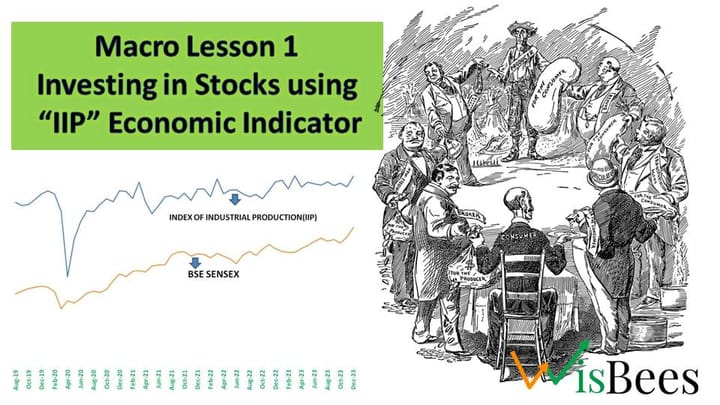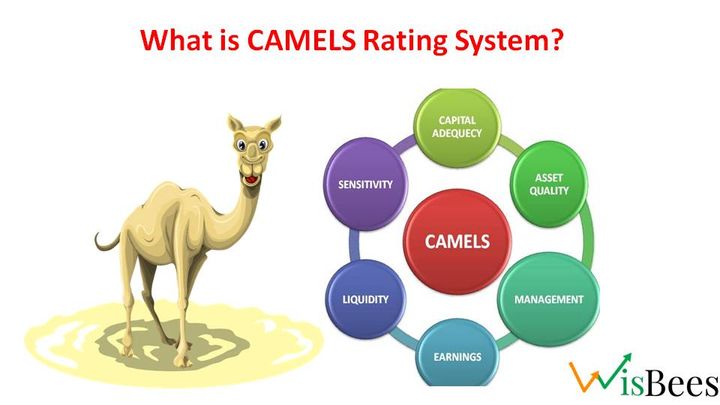Net Present Value

Net Present Value (NPV) is a financial metric that gauges the worthiness of prospective investment(s); it takes the Time Value concept of money into account while doing so. It helps the investor to determine whether the prospective investment(s) will help him/her add value to his/her wealth.
NPV method discounts all the future cashflows into their present value and adds them to the initial invested amount. If this outcome is positive, then the investor should accept the project. If such cash flows, upon adding, give out a negative sum, then the investor should reject the prospective investment(s).
NPV=Rt/(1+i)t;
NPV=Net Present Value
Rt= Total cashflow at time “t”
i=discounting rate/factor
t= Time of the cashflow
Drawbacks of NPV Method:
While NPV is a widely used and powerful tool for evaluating investment opportunities, it does have some limitations and drawbacks. Here are a few:
- It assumes accurate forecasting: NPV relies on accurate forecasting of future cash flows, which can be difficult to predict. If the assumptions used in the NPV calculation are inaccurate, the final value may not reflect the true profitability of the investment.
- It relies on a single discount rate: NPV uses a single discount rate to calculate the present value of future cash flows, which can be a simplification of the complex reality. In practice, the true cost of capital may vary over the life of the investment, and a single discount rate may not fully capture the opportunity cost of the investment.
- It ignores the impact of taxes: NPV calculations usually do not consider the impact of taxes on cash flows, which can have a significant impact on the profitability of an investment.
- It doesn't account for the uncertainty: NPV is based on the assumption of certainty, but in reality, there is always a degree of uncertainty in any investment. NPV does not account for the potential risks that may affect the investment, which can lead to an incorrect estimation of the investment's profitability.
- It doesn't account for externalities: NPV calculations don't consider the external factors that can affect the investment, such as changes in the regulatory environment or market conditions.
Despite these drawbacks, NPV remains a widely used and powerful tool for evaluating investment opportunities, but it's important to keep in mind the limitations and use it in conjunction with other tools and analyses to get a comprehensive view of the investment.



